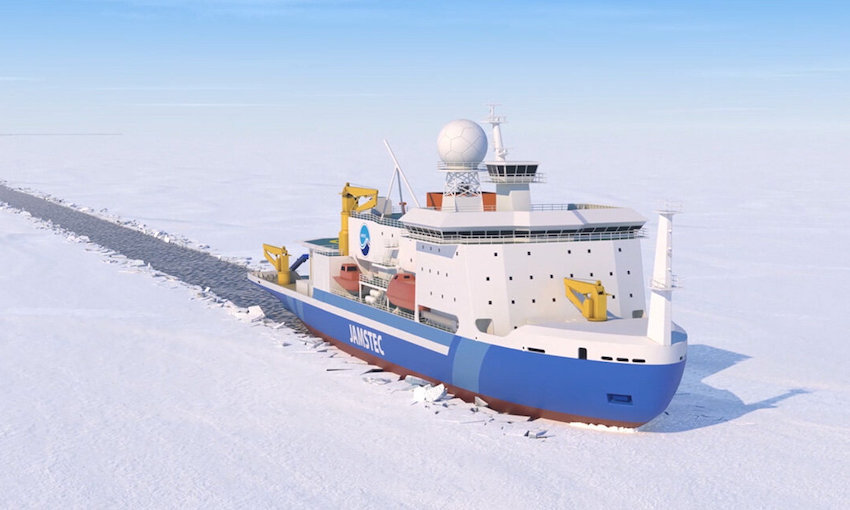TWO MOL subsidiaries have been chosen to supply crew for Japan’s first arctic research icebreaker and operate the vessel once it is delivered.
MOL Ship Management and MOL Marine & Engineering are to participate in the development and operation of the research vessel, which is currently under construction.
The Japan Agency for Marine-Earth Science and Technology (JAMSTEC) ordered the vessel to serve as research platform in the Arctic.
JAMSTEC tasked MOL with dispatching pre-commissioning crew to the shipyard to help with outfitting, commissioning and checking the vessel for quality and defects.
MOL is also expected to operate the vessel; the pre-commissioning crews would stay on as crew once the vessel is delivered.
“In response to its selection as the pre-commissioning crew dispatcher and expected operator, the MOL Group will offer the pre-commissioning crew dispatch services until the vessel is delivered, which is expected to be around November 2026, and take charge of vessel operation after delivery,” MOL said.
It said the group “fully recognises” the significance of the research vessel, which it expects to bring new value to people, society and the planet.
“The group will contribute to a better future for the earth through safe operation of the vessel and creation of an international research platform by utilising its accumulated know-how and human resources developed in the operation of Arctic shipping routes and handling of LNG fuel.”
MOL expects the vessel, when built, to be 128 metres long (LOA), with a beam of 23 metres and a draught of eight metres.
Its gross tonnage would be 13,000 tons, and it will be designed to accommodate 99 people.
The vessel would also include an ice-sea navigation support system, a dual-fuel engine, dynamic positioning system and facilities for deployment of unmanned underwater vehicles.
JAMSTEC’s goal is to observe the arctic region’s atmosphere, meteorology, oceans and sea ice.
It aims to enhance the collection of observational data, scientific knowledge and development of researchers, engineers and skilled personnel.





